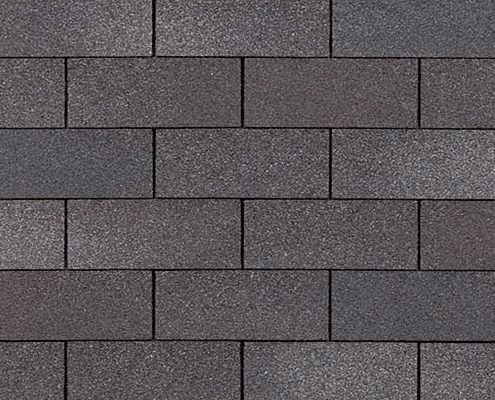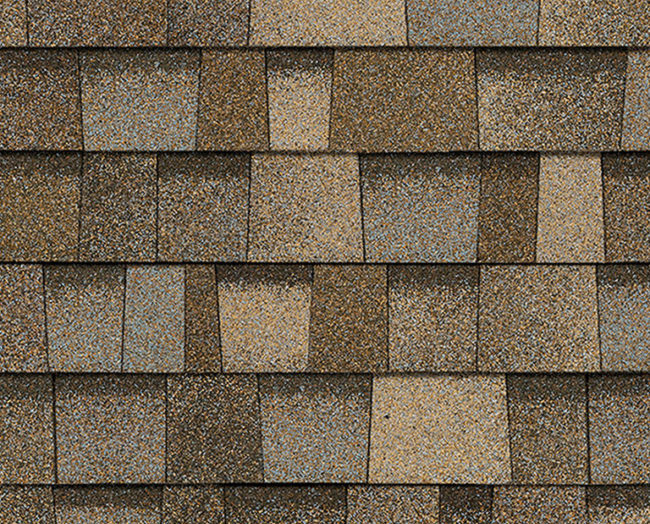The 7 Most Disastrous DIY Roofing Mistakes
Stonewater Roofing’s expert technicians have inspected thousands of roofs in the East Texas and DFW area over the last few years. In that time, we have seen a lot of DIY roofing and remodeling projects go horribly wrong on windows, doors, ventilation, siding and, of course, roofing. In no particular order, we present the seven worst DIY roofing mistakes which homeowners perform that can lead to more problems.
- Reroofing by adding a new layer of shingles: We’ve torn off roofs with three layers of shingles before. The homeowners usually site that they just wanted a new color or that their previous roofer told them it was okay and a money saver. All it takes is the old bottom layer to have issues and the whole roofing system fails. This may be the worst thing we’ve seen, particularly due to the wasted money spent on the short-lived second and possible third layers. Of the worst roof repairs homeowners perform, this one can cost the most in the long run.
- Trimming all parts of a tree except for those overhanging the roof: Perhaps the roof makes it too hard to reach branches with an extension trimmer, or perhaps it’s just negligence. You never want branches hanging over your roof. This is asking for clogged gutters that fail and moss growth on the shingles.
- Power washing roofs to remove moss: Some homeowners take this a step further and sprinkle bleach on the affected area. Both of these roof “cleaning” techniques are highly destructive to shingles, not to mention unsafe!
- Cleaning gutters from the ground: It’s easy to spot a gutter that was improperly cleaned with an extension poll or extension hose. Sludge is often built up thick in the worst points possible. It then takes just a few bits of debris to cause a plugged-up gutter. It can literally snap, burst or break free from the roof. In some cases, we’ve seen gutters take pieces of the roof with them when they collapse.
- Pulling up shingles to look for leaks: Yes, most people wouldn’t do this, but it’s been done before. We often see caulking and other repairs under shingles during tear-offs. This is just asking for more leaks!
- Adding or repairing skylights: This is not a great DYI idea unless you are a window installer for a living. Skylights are one of the leakiest components to a roof. If not properly installed, they can wreak havoc on your roof, ceiling and room below.
- Doing anything to ports, vents or chimneys: This follows skylights as being something left to a professional. Chimneys feel particularly safe to work near, which is why the roofing around them tends to suffer.
There are a few rules to roof maintenance. They are constantly broken and end up costing homeowners more down the road. We hope you avoid the following:
- Walking on your roof, no matter the grade
- Power washing your roof or gutters
- Patching leaks from the roof surface
- Ignoring overhanging trees
Always seek a professional before combating roofing issues on your own, so that you don’t make these DIY roofing mistakes. What you may save now could cost you a great deal more in the future.
The professionals at Stonewater Roofing are highly skilled and experienced with exterior renovation, roofing assesment and installation. We can perform a free in-depth inspection of your roof, let you know its condition and provide a free estimate for its replacement.


